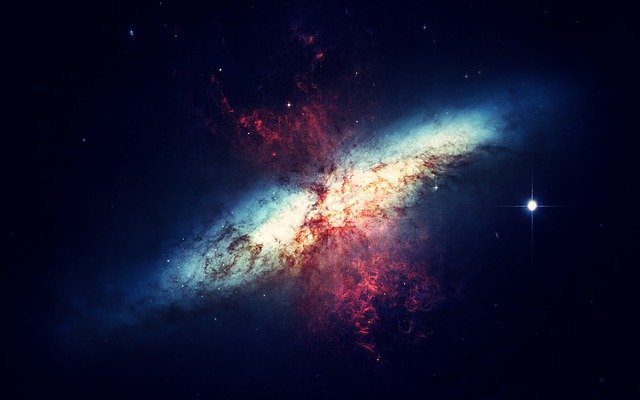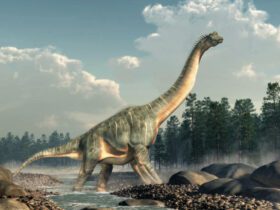In space, anything may go awry. An object collides with another object, inflicting damage or forming new celestial bodies. Scientists play the role of astronomical detectives, piecing together the events of these crashes and gleaning information regarding the objects concerned using the clues left behind. When a vast, star-sized debris cloud from such an impact passed in front of a nearby star and obscured part of its light, astronomers had the opportunity to examine it. A transit, or transient lowering of starlight, is often employed to discover the existence of exoplanets orbiting stars outside our solar system.
The observations this time, however, found indications of a crash between two celestial entities that were possibly the size of huge asteroids or tiny planets, according to the experts. In 2015, a group of astronomers started frequently observing HD 166191, a 10-million-year-old star 388 light-years distant that is identical to our sun. When compared to our sun, which is 4.6 billion years old, it’s still a relatively youthful star. Planetesimals originate near stars at this age. These circling clusters of dust that remained from the star’s creation become stony entities, similar to asteroids r from our solar system’s development. Planetesimals, which may be discovered orbiting other stars, can accumulate material and grow in size, ultimately becoming planets.
Gas, which is required for star-forming, diffuses with time between planetesimals, putting these objects in danger of colliding with one another. Debris reveals information on planetary formation. Planetesimals are too tiny to be observed with telescopes, but the dust clouds are big enough to be observed when they collide.
The scientists suggest the debris cloud got so extended, based on visible data, that it filled up an area around 3 times that of the star. The infrared survey, however, only witnessed a tiny fraction of the cloud moves in front of the star, despite the fact that the overall debris cloud covered hundreds of times the diameter of the star. The impact was most likely the consequence of two objects comparable in size to Vesta, a 330-mile-wide (530-kilometer-wide) huge asteroid about the size of a dwarf planet in our solar system’s main asteroid belt, colliding. The collision of these two celestial planets generated enough heat as well as energy to evaporate part of the debris.














Leave a Reply